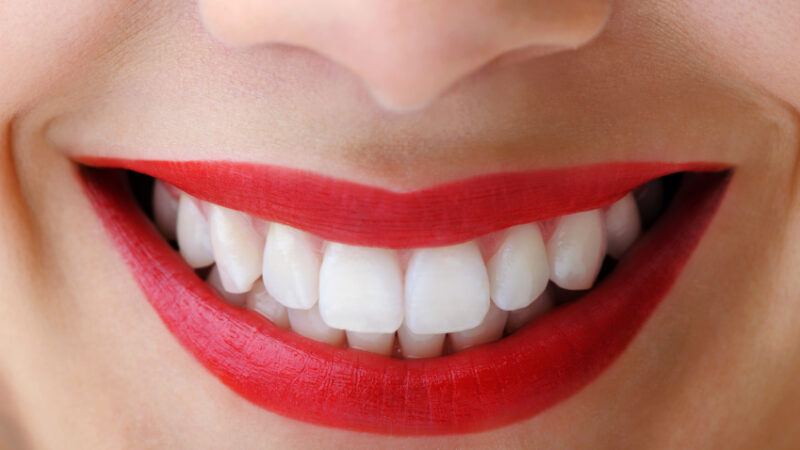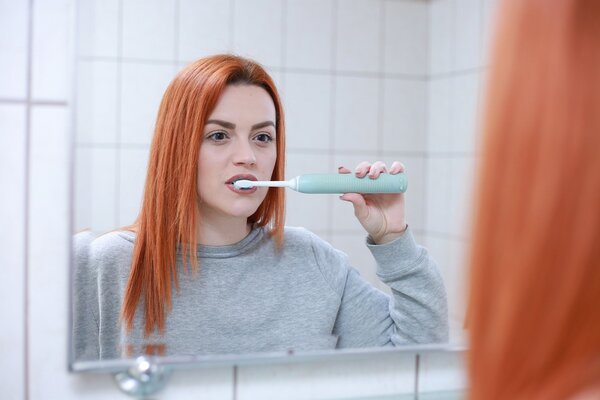Risks of At-Home Teeth Whitening To Understand

At-home teeth whitening is a popular option for those seeking a quick solution to a bright, healthy smile. However, it is important to understand the risks associated with at-home teeth whitening. Delve into the drawbacks of at-home teeth whitening and why it is important to be aware of them.
The Safety of At-Home Teeth Whitening
At-home teeth whitening products are common and many consumers use them to achieve brighter smiles. However, the products you use and how you apply them can cause their side effects and whitening effects to vary. While some people may experience minimal to no side effects from at-home teeth whitening products, others may face more serious risks. Here are some of the risks to know before you consider taking your teeth whitening journey into your own hands.
Increased Tooth Sensitivity
Tooth sensitivity is a common side effect of at-home whitening treatments, and it can be uncomfortable if you don’t know how to manage it. This occurs when the peroxide-based whitening agents many at-home whitening products use to meet the enamel and dentin tooth tissues. This can result in a sharp, shooting pain or discomfort when consuming hot or cold foods and drinks. Some ways to reduce the feelings of sensitivity attributed to whitening products are to reduce the time spent whitening or to use toothpaste for sensitive teeth before and after using the products.

Gum Irritation
Another risk of at-home teeth whitening is gum irritation. The harsh chemicals used in these products can cause inflammation, redness, and discomfort if they make contact with the gums. When applying teeth-whitening treatments at home, it can be more difficult to align the materials properly and avoid gum contact. Alternatively, one of the benefits of choosing professional teeth whitening is the protective measures your dentist will take to safeguard your gums and prevent discomfort.
Enamel Erosion
The peroxide in at-home teeth whitening solutions can weaken the enamel, which is the protective outer layer of the tooth. It is important to note that once enamel is lost, you cannot regain it. This loss of enamel can make your teeth more susceptible to damage and decay over time.
Uneven Whitening Effects
In addition to the risks mentioned above, at-home teeth whitening can also result in uneven whitening effects. This occurs when the whitening gel does not distribute evenly on the teeth or if there are existing dental issues such as cavities or fillings. As a result, some areas of the teeth may appear whiter than others, leading to an unnatural and uneven appearance.
While at-home teeth whitening may seem like a quick and easy solution for a brighter smile, it is important to understand the potential risks involved. It is always better to consult a dentist who can assess your oral health and recommend the best course of action for achieving a brighter, healthier smile. Remember, prioritizing your oral health is key to maintaining those pearly whites. So, proceed with caution when it comes to at-home teeth whitening and prioritize your dental health above all.






